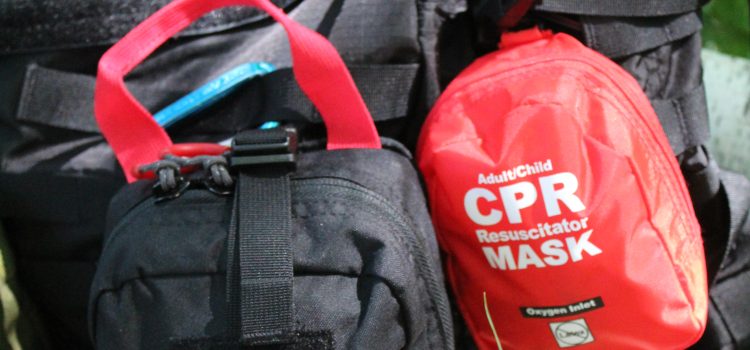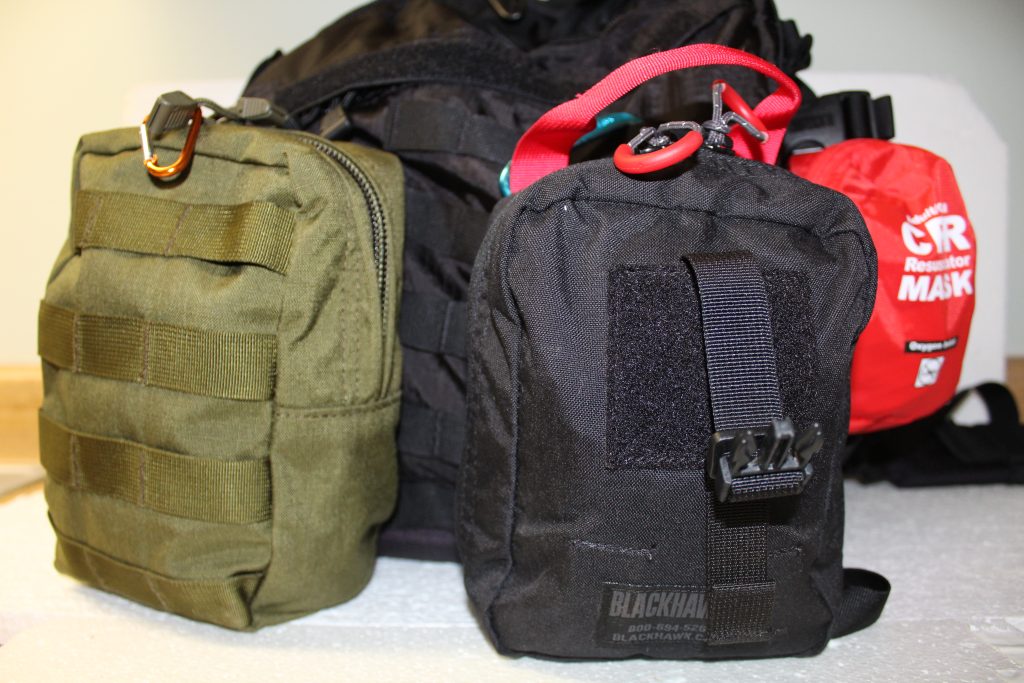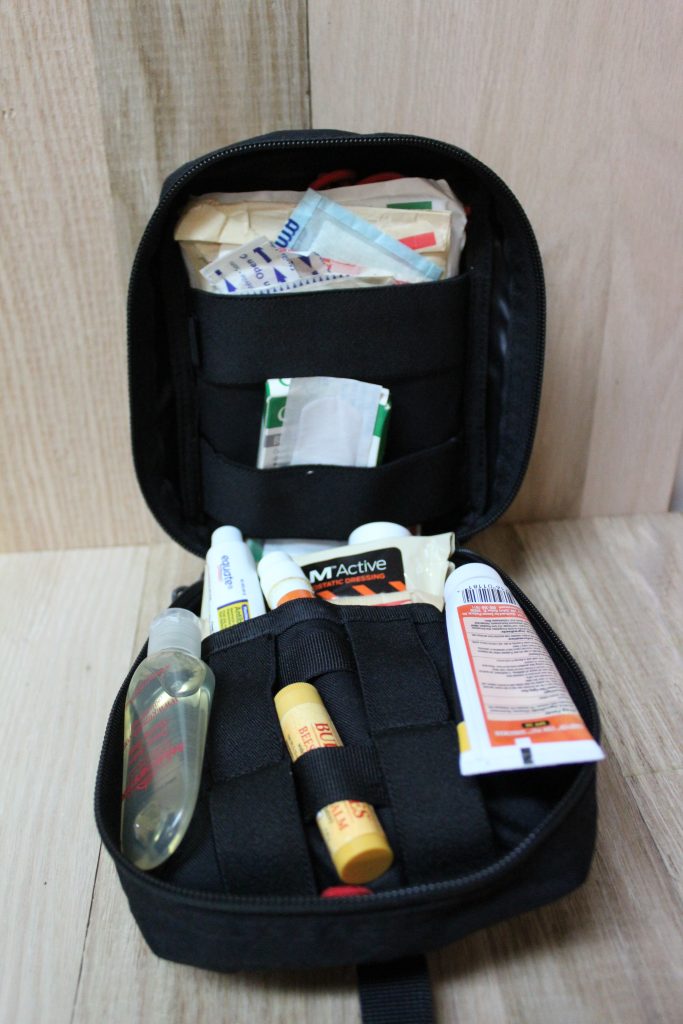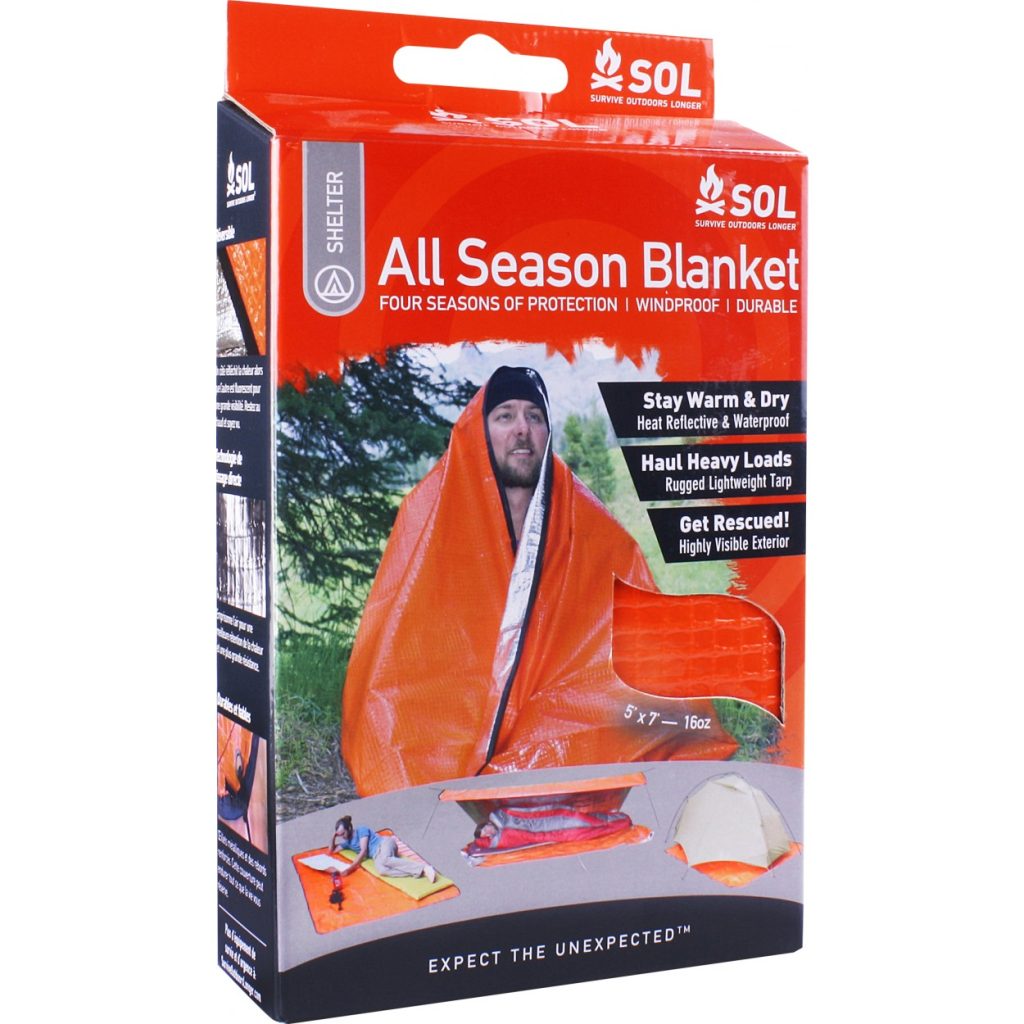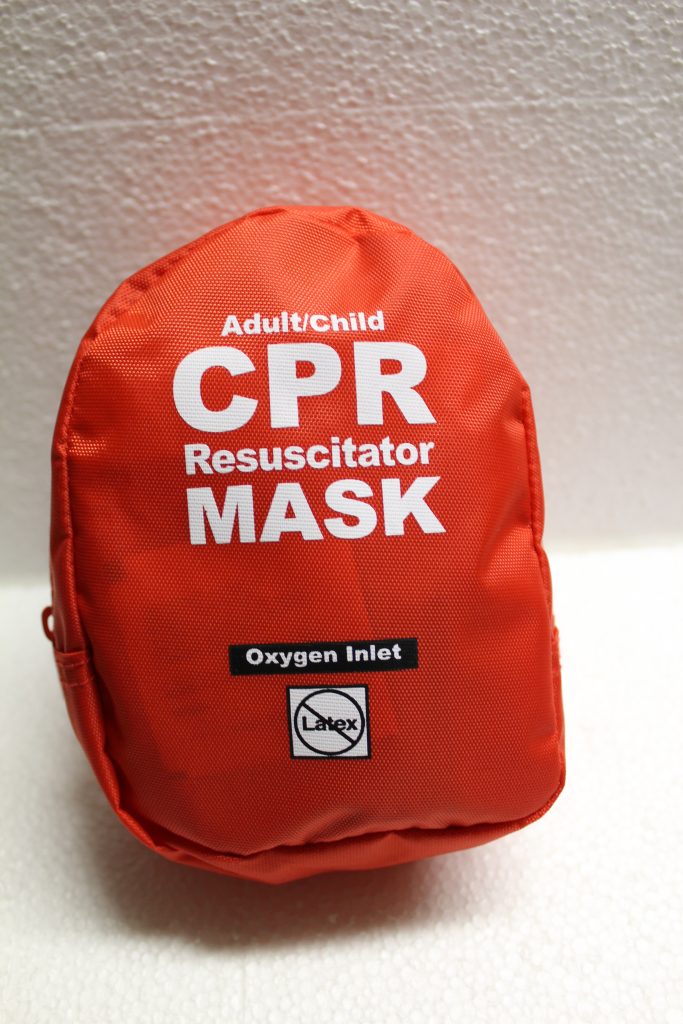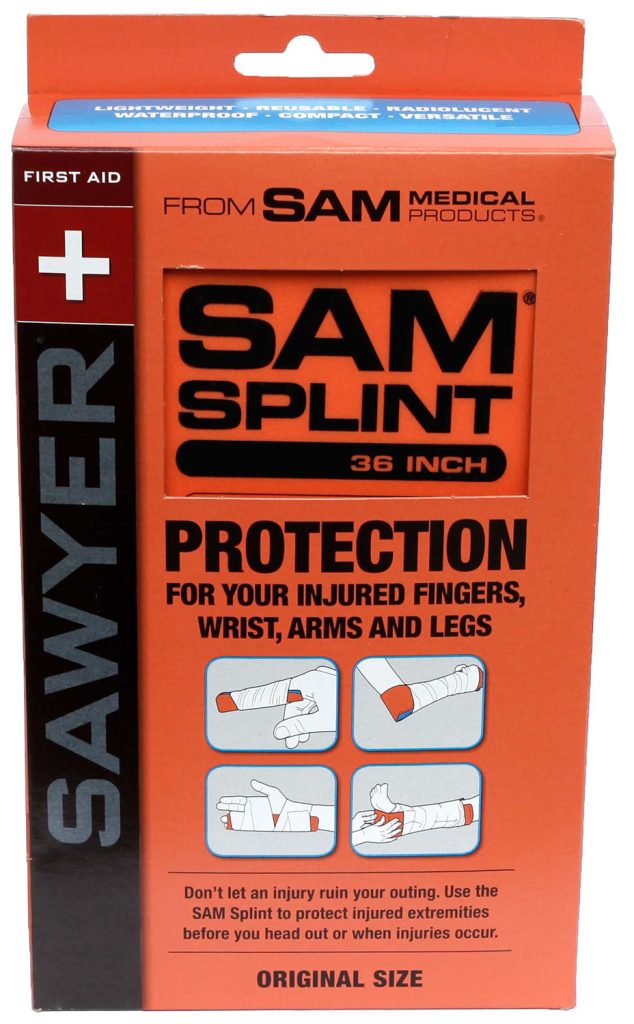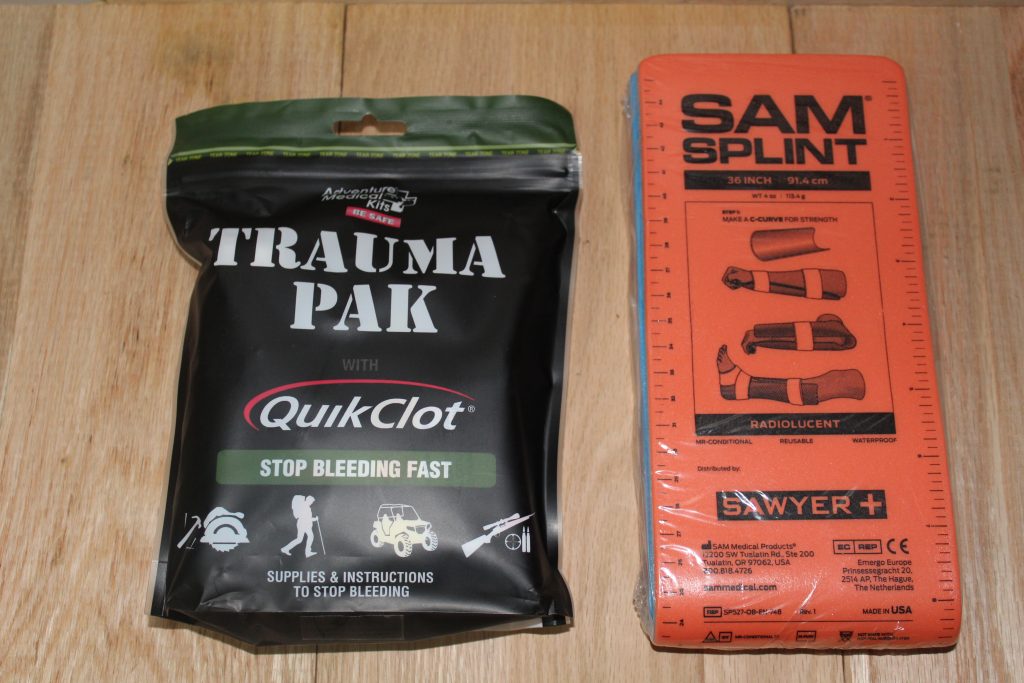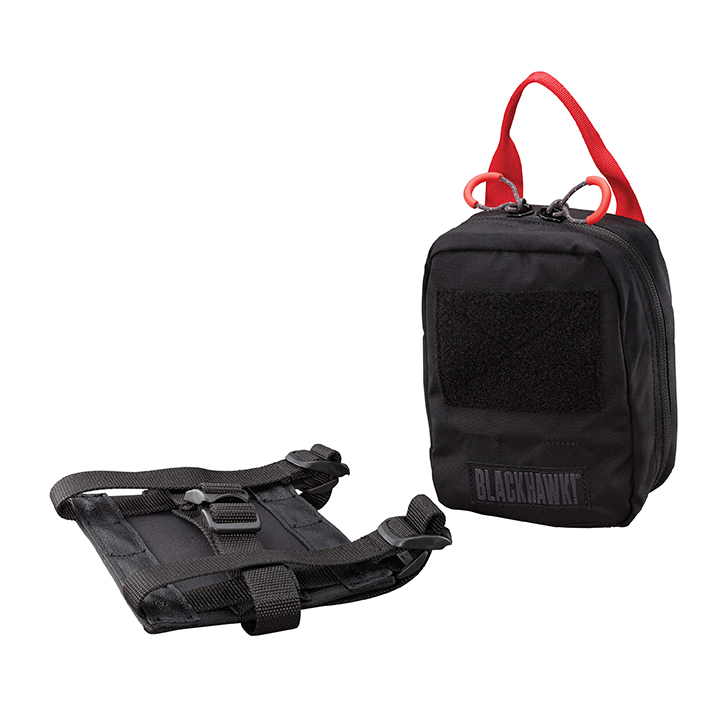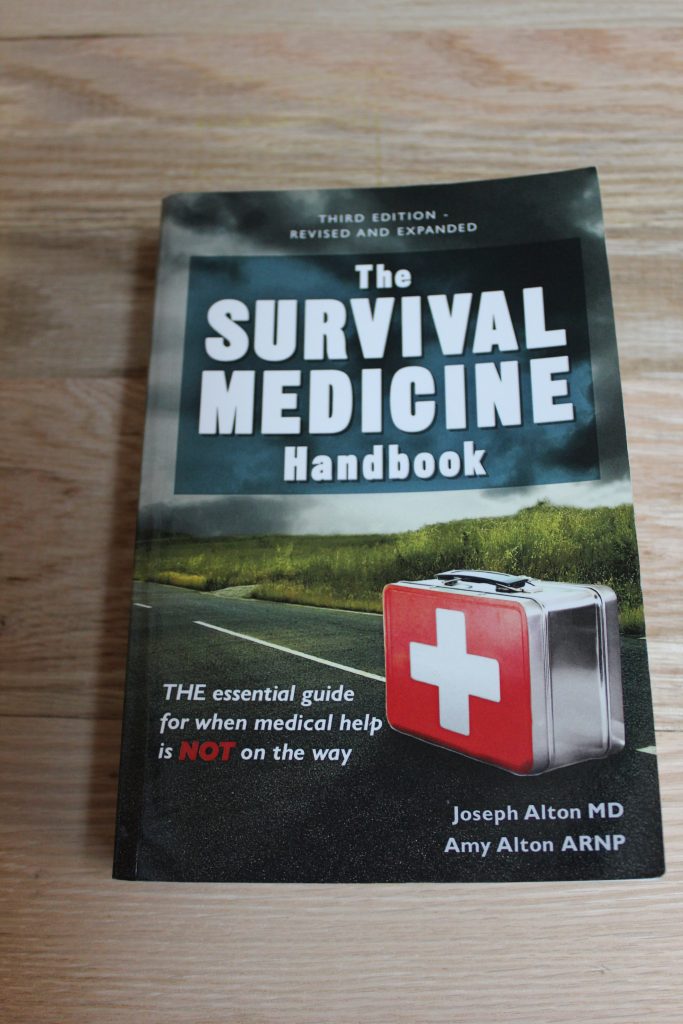By Dana Benner
Plenty of articles are being written about “must have” gear. While all of the gear mentioned in these articles is important, one piece of gear I always tell people that they must have is a good first-aid kit. Bad stuff happens, even to those who are well prepared. You need to be ready to take care of things if they do happen.
What is a “Bad’ First-aid Kit?
In reality no first-aid kit is “bad’, but there are some that are better than others. What I have found is that many of the kits most people carry around are little more than a fancy case full of adhesive bandages, gauze and very little else. With the exception of treating a paper cut, these kits are basically useless. Other kits I have seen carried are full of stuff you really will not need unless you plan on performing major surgery while in the field. Large kits like these are perfect for your home, or base camp, but not in your pack, or vehicle (unless you are an EMT).
Putting it Together:
Over the years I have found that the best kits are the ones I have put together myself. There really is no way to have what you need unless you set it up yourself. Before you go “gang busters” and start putting together your first-aid kit you need to ask yourself some important questions:
- Where will I need this kit; home. Vehicle, pack, or all of the above?
- What do I want to load and what I really need to load?
- Where will I get supplies and how much will it cost me?
The answer to the first question is all of the above. You should always have a good first-aid kit in your home, vehicle and in your pack. I even have one in a dry bag which stays in my canoe.
Think carefully about question two. The first-aid kit for your home will probably be more elaborate than the one that you carry in your pack. Remember weight vs. function.
For question three you will find you need to get creative. Medical supplies can be costly, and while you should not be afraid to spend some money to get the things that you need, but there are always ways to save some money. What follows are what I do.
Gather Your Supplies:
Some sort of all=season medical blanket is great to have, especially when treating hypothermia
You can easily head to your local pharmacy and purchase what you need, and you will have to do this for some of your supplies, but some things you can obtain at no cost except for your time. I love going to trade shows. It doesn’t matter what the show is about, there are always vendors giving away things such as lip balm, hand sanitizer, alcohol wipes and even small first-aid kits all in the effort to get you to visit their booths. While those first-aid kits are normally nothing more than a few bandage and some gauze, these are all items that you will need. What you can get for free is just something you don’t need to purchase.
Your next best bet is to wait for sales at your local pharmacy. Two for one sales are always great to take advantage of. Do not overlook coupons as they can save you a ton of money. Last, but not least, contact the manufacturers directly. The items will not be free, but you will probably payless than you would if you purchased the items from a store.
What to Have:
The need for bandages, gauze and antiseptic is a given. Your kit should also have the following items no matter where you kit will be.
- Tourniquet:
5.11 Tactical Tourniquet with holder
You must have a tourniquet, and more importantly. Know how to use it. In an emergency you can use many items for a tourniquet, but having an prepared one that is ready to go can make a difference between life and death. The one I carry comes from 5.11 Tactical, but there are many good ones out there. I also recommend that you take a first-aid course to learn how to properly use one.
- CPR Mask:
CPR mask. Important to have on hand at all times.
Taking a CPR course is a must, but will all the potential diseases out there, mouth to mouth can prove to be dangerous. A good mask is a must, to protect both you and the injured person. Masks can be purchased wherever medical supplies are sold.
- Splint Devices:
SAM Splint is a splint that you can mold to all limbs.
There will be times when a limb will be immobilized. While splints can be made from many things, it is always best to have something on hand. All of my kits include a SAM Splint that is put out by Sawyer.
- Clotting Bandages:
Quik Clot Trauma Pak and Sawyer SAM Splint. Make sure to have both on hand.
Wounds, really deep wounds, that simple bandages or gauze will not cover, require specialized bandages that stop the bleeding fast. Whether you are in the field or in the kitchen, deep wounds do happen. Two good ones come from Trauma Pak, put out by Medical Adventure Kits and the ChitoSAM Active Bandage from Sawyer.
Keep it All together:
All of these medical supplies need to be kept together and stored somewhere where it is easy to access. I like using sealable plastic containers at home or in my basecamp. In my vehicle my medical bags can range from a homemade bag to specially designed store bought ones. Whatever bag that you use, make sure that it can be closed. For my pack I tend to use MOLLE ready bags from 5.11 Tactical or Blackhawk. Keep in mind that the medical pouch for your pack will tend to be smaller than the ones for either your home or vehicle.
Blackhawk medical pouch. This is one of the pouches I carry on my bags.
Conclusion:
Of all the gear you need to have on hand, a good first-aid kit is often one thing that is overlooked, but it should not be. Accidents happen all of the time; chopping wood, hiking and even in the kitchen. Having a good first-aid kit available, and knowing how to use it, are vital. You can’t always rely upon medical services to be available when you need them, so you need to be prepared to handle any emergency that may arise. That is what survival is all about.
The Survival Medicine Handbook. My go to medical book for survival medicine.
.
First-aid 11
Some sort of all=season medical blanket is great to have, especially when treating hypothermia.

